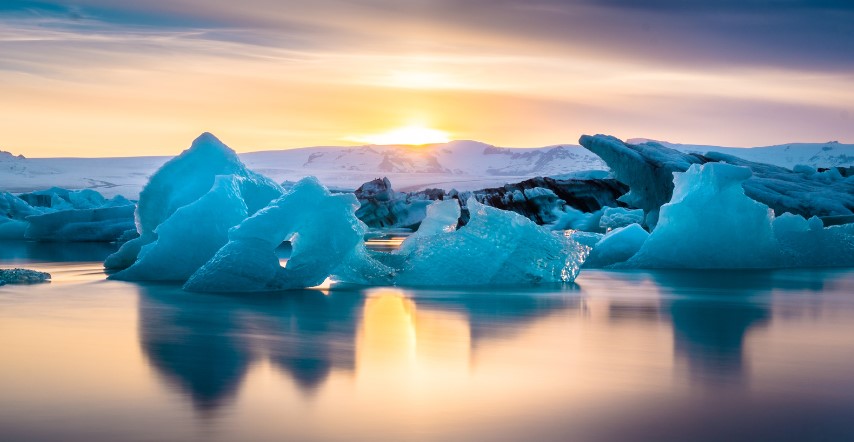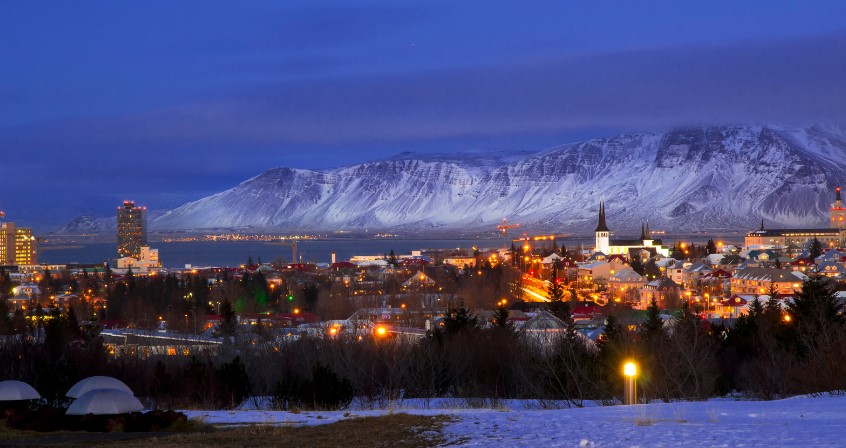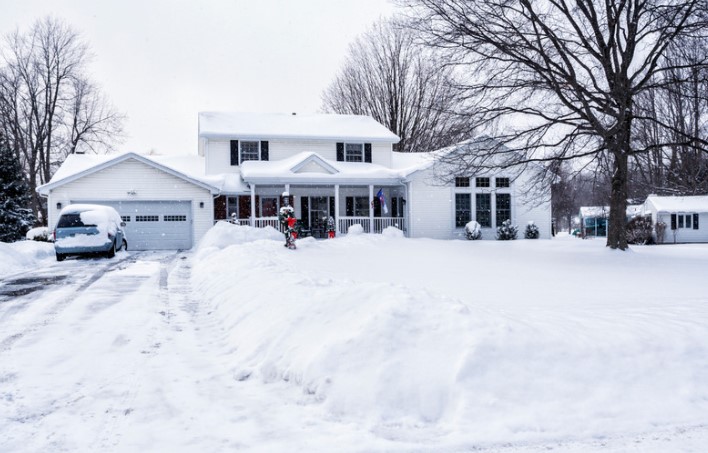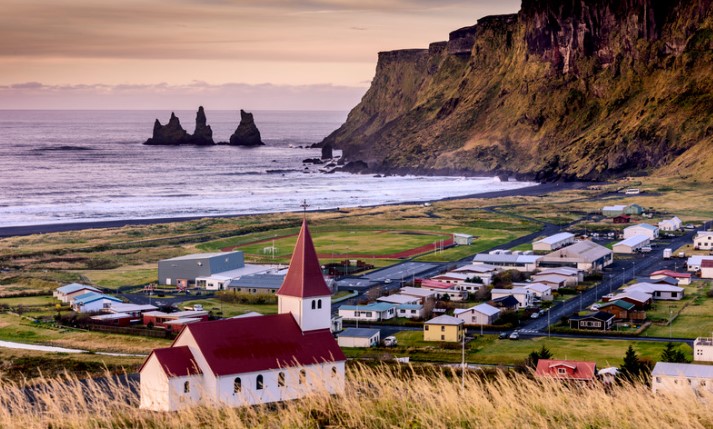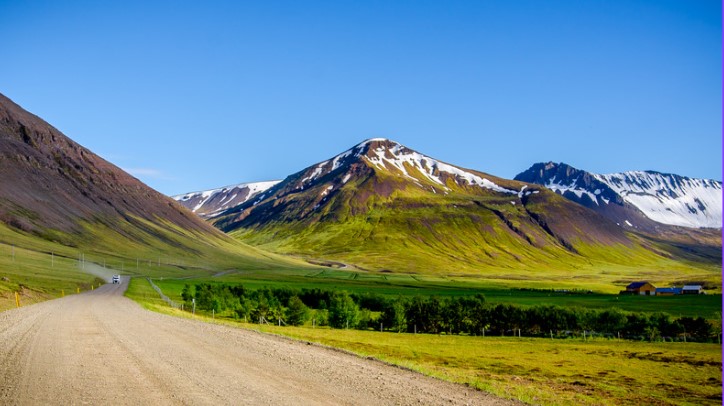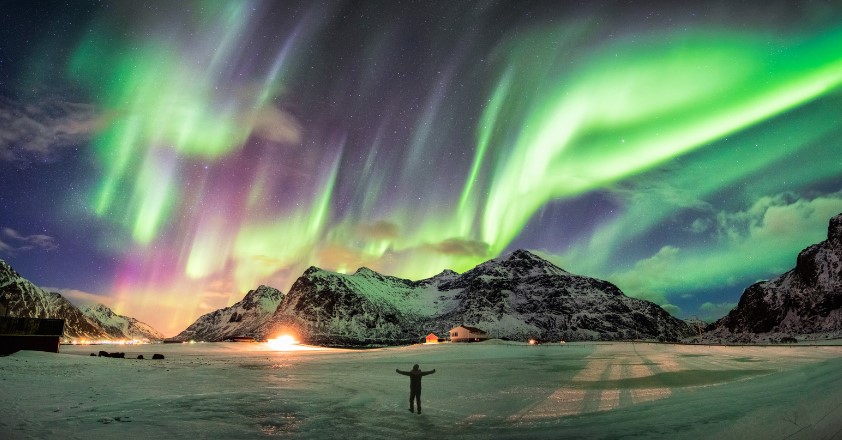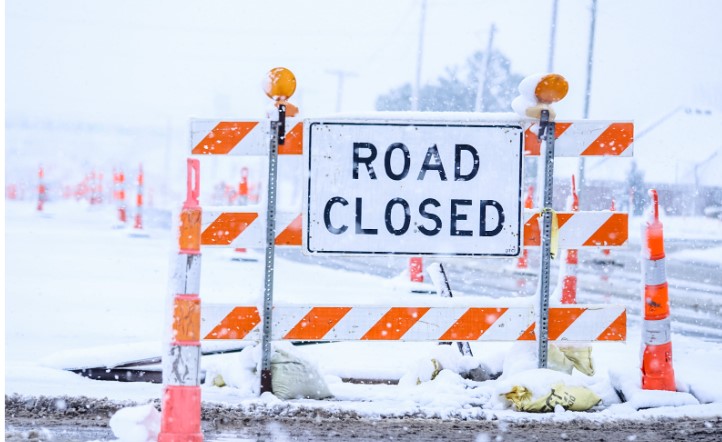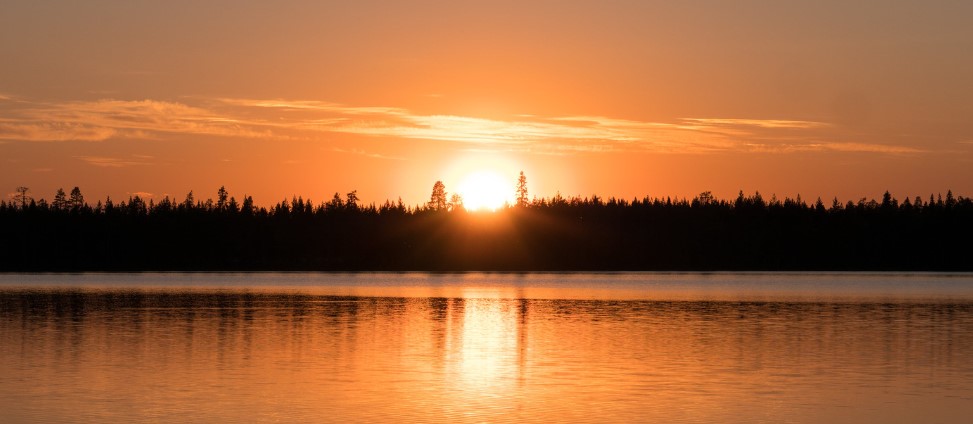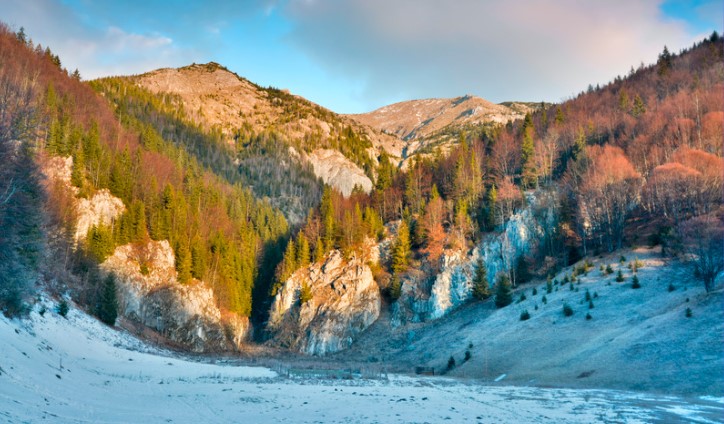The Ultimate Guide to Timing Your Iceland Trip: Pros, Cons, and Key Consideration
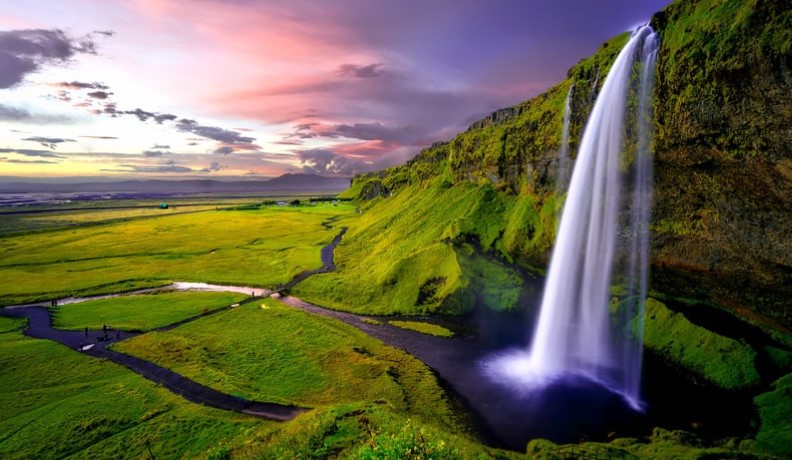
Iceland is a land of natural wonders, geothermal marvels, and a unique culture that captures the heart of every visitor. From its stunning landscapes and vibrant wildlife to the warmth of its people, Iceland offers an unforgettable experience. However, the timing of your visit plays a crucial role in what you can see and do. This guide will help you navigate Iceland’s seasons, highlighting the peaks and pitfalls of timing your visit.
The allure of Iceland lies in its natural beauty, filled with geothermal activity, lava fields, and otherworldly landscapes. Its culture, deeply rooted in tradition yet modern and progressive, is equally captivating.
Whether you are planning a road trip, hoping to catch a glimpse of the aurora borealis (Northern Lights), or soaking in the hot springs, the timing of your visit can make all the difference. It can affect everything from the weather conditions and road closures to the availability of outdoor activities.
This article will delve into the various factors influencing your travel plans, including the average temperatures, daylight hours, and popular activities available throughout the year.
We will discuss the peak tourist season, the cheapest time to visit, and, most importantly, the worst time to visit Iceland. Equipped with this knowledge, you can plan your trip to this beautiful country, ensuring an unforgettable experience.
The Extremes of Winter
Winter in Iceland is a time of contrasts. On the one hand, it presents a magical landscape, with the northern lights dancing across the sky and the ice caves offering a mesmerizing spectacle. On the other hand, it comes with its fair share of challenges, notably the limited daylight hours and the potential for severe winter storms.
Limited Daylight Hours
During the heart of winter, the daylight hours are incredibly limited from December to January. In the middle of December, there are only about 4-5 hours of daylight per day. This means you have a very narrow window of time to explore the outdoors and engage in popular activities like whale watching or visiting the Þingvellir National Park. Planning your activities carefully is important to make the most out of the available daylight.
Navigating and Sightseeing in Harsh Conditions
The limited daylight is one of many challenges you will face when visiting Iceland during winter. The weather conditions can be particularly harsh, with strong winds, heavy snowfall, and icy roads. This makes navigating and sightseeing quite challenging. Road closures are common, and outdoor experiences like visiting the Jokulsarlon Glacier Lagoon or the Secret Lagoon might be inaccessible. It is essential to check the road conditions and weather forecast regularly and have a backup plan in case of any unexpected changes.
Potential for Severe Winter Storms
Winter weather in Iceland can be unpredictable and severe. Stormy weather conditions are common, and blizzards can occur without much warning. This can lead to road closures and delays in travel plans and can even affect the availability of certain activities, like ice cave tours or aurora borealis viewing. It is always advisable to watch the weather app and stay informed about the current conditions to avoid any unpleasant surprises.
While winter can be challenging to visit Iceland, it also offers unique experiences you cannot find during other seasons. The northern lights, for example, are at their most vibrant during the winter months. Suppose you are well-prepared and aware of the potential challenges. In that case, you can still have an unforgettable experience during this time.
The Bustle of Summer
Summer is a popular time to visit Iceland and for good reasons. The weather is milder, with warmer temperatures and longer hours of daylight. The landscape is alive with blooming flowers, migratory birds, and melting snow, revealing the country’s stunning natural beauty. However, the summer months also bring their own set of challenges.
Crowded Attractions
With the warmer weather and the allure of the midnight sun, summer is a peak tourist season in Iceland. This means popular destinations like the Blue Lagoon, Þingvellir National Park, and the black sand beaches can be crowded. The influx of tourists also increases road traffic, making road trips more time-consuming. It is advisable to plan your visit to popular attractions early in the morning or late in the evening to avoid the largest crowds.
Increased Prices
The high demand during the summer months also leads to increased prices for accommodation, car rentals, and activities. It is the most expensive time of the year to visit Iceland. If you are traveling on a budget, booking your accommodation and activities well in advance is advisable to secure the best prices. Additionally, consider visiting less crowded, off-the-beaten-path destinations for a more affordable and peaceful experience.
Absence of the Northern Lights
One of the downsides of visiting Iceland during the summer months is the absence of the northern lights. The long hours of daylight and the brightness of the midnight sun make it almost impossible to see the aurora borealis. If seeing the northern lights is on your bucket list, consider visiting during the shoulder seasons or winter months when the nights are darker.
Despite these challenges, summer is still a fantastic time to visit Iceland. The warmest weather, long hours of daylight, and the opportunity to explore the outdoors make it a favorite time for many travelers. With proper planning and awareness of the potential pitfalls, you can make the most of your summer visit to this amazing country.
Road Conditions, Closures, and Accessibility
When planning a trip to Iceland, it is crucial to consider the road conditions, closures, and accessibility to popular tourist spots. The BThewinter and summer seasons have challenges that can affect your travel plans.
Winter Road Closures
During winter, particularly from November to April, certain roads, especially in the highlands, are closed due to icy and snowy conditions. The Icelandic Road and Coastal Administration (IRCA) regularly updates the road conditions on its website, so it is advisable to check it frequently if you are planning a road trip during this time. The risks associated with driving in icy and snowy conditions include slippery roads, limited visibility, and the potential for avalanches in certain areas.
Common Months for Road Closures
Road closures are most common during the winter months. Still, they can occur at any time of the year due to landslides, flooding, or other adverse weather conditions. However, the highlands’ roads usually close from late September until late June. During this time, it is nearly impossible to access certain areas of the country, limiting the availability of outdoor activities like hiking in the Þingvellir National Park or visiting the ice caves.
Limited Accessibility to Popular Tourist Spots
In addition to road closures, the accessibility to popular tourist destinations can be limited during winter and summer. In winter, harsh weather conditions can make reaching certain spots difficult or even impossible. For example, the Jokulsarlon Glacier Lagoon and the Secret Solstice music festival might be inaccessible due to heavy snowfall or road closures.
During the summer, the influx of tourists can lead to crowded attractions and limited parking spaces. Some areas, like the Blue Lagoon or the Þingvellir National Park, might require advanced booking to secure a spot.
Economic Considerations
When planning a trip to Iceland, it is important to consider the economic aspects, such as the cost of accommodations, tours, and flights. There is a significant difference in prices between the peak and off-peak seasons, and being aware of these differences can help you plan a more budget-friendly trip.
Peak vs. Off-Peak Pricing
The peak season in Iceland is during the summer, from June to August, when the weather is warmer, and there are long daylight hours. During this time, the prices for accommodations, tours, and flights are at their highest. The off-peak seasons are during the spring and fall, from April to May and September to October, respectively. There are fewer tourists during these times, and prices for accommodations, tours, and flights are generally lower. The cheapest time to visit Iceland is during the winter months, from November to March. However, the weather can be challenging.
Average Hotel Costs and Airfare Differences
The average cost of a hotel room in Iceland during the peak season can be around $200-$400 per night, while during the off-peak season, it can be as low as $100-$200 per night. Similarly, the airfare during the peak season can be significantly higher than during the off-peak seasons. For example, a round-trip flight from New York to Reykjavik can cost around $800-$1200 during the peak season and around $500-$800 during the off-peak season.
Tips on Finding Deals or Budget-Friendly Options
- Book in Advance: Booking your accommodations, tours, and flights in advance can help you secure the best prices. It is advisable to book at least 3-6 months in advance for the peak season and 1-3 months in advance for the off-peak seasons.
- Travel During the Shoulder Seasons: The shoulder seasons, which are the spring and fall months, offer a good balance between decent weather, fewer crowds, and lower prices.
- Consider Alternative Accommodations: Instead of staying in hotels, consider alternative accommodations like guesthouses, hostels, or vacation rentals. These options can be more budget-friendly.
- Cook Your Meals: Eating out in Iceland can be expensive. Consider cooking your meals or eating at cheaper supermarkets or fast food restaurants.
- Use Public Transportation: Renting a car can be expensive in Iceland. Consider using public transportation or joining a group tour to save on transportation costs.
Natural Phenomena and Their Impacts
Iceland is known for its stunning natural phenomena, from the mesmerizing Northern Lights to the magical Midnight Sun. However, these natural wonders also have challenges that can impact your travel plans.
The Northern Lights
The Northern Lights, or aurora borealis, is one of Iceland’s most sought-after natural wonders. The best time to witness this unforgettable experience is during the winter months, from September to April when the nights are long and dark. However, the weather in Iceland during the winter can be unpredictable, with overcast skies and stormy weather conditions being common. This means that even if you visit during the peak time for aurora activity, there is no guarantee that you will be able to see the Northern Lights. It is advisable to check the aurora forecast and the weather conditions before heading out to increase your chances of successful viewing.
The Midnight Sun
The Midnight Sun is another natural wonder that draws visitors to Iceland. During the summer months, from late May to late July, the sun never fully sets in Iceland, resulting in almost 24-hour daylight. This phenomenon provides plenty of time for outdoor activities and sightseeing, making it a popular time for tourists. However, the continuous daylight can also be challenging for some visitors. Sleeping without an eye mask can be difficult, and it can be disorienting to have daylight at midnight. The bright summer nights also make it impossible to see the Northern Lights during this time.
Weather Anomalies
Iceland is a land of weather anomalies, with volcanic eruptions, earthquakes, and sudden changes in weather conditions being relatively common. These anomalies could disrupt your travel plans. For example, the eruption of the Eyjafjallajökull volcano in 2010 caused widespread flight cancellations across Europe. It is advisable to closely monitor the weather conditions and any travel advisories before and during your trip to Iceland.
Cultural and Seasonal Events
Iceland is a country rich in culture and traditions, and several events throughout the year are worth experiencing. However, visiting during these times might lead to crowded conditions or limited accommodations. Here are some of the pros and cons of visiting Iceland during cultural and seasonal events:
Pros of Visiting During Events
- Unique Experience: Participating in local events or festivals can provide an unforgettable experience. For example, the Secret Solstice music festival in June offers a chance to enjoy music in the land of the midnight sun.
- Cultural Insight: Attending local events can provide insight into Icelandic traditions and culture. For example, Þorrablót, a mid-winter feast in January or February, offers a chance to try traditional Icelandic foods.
- Special Activities: Some events offer special activities unavailable at other times of the year. For example, the Reykjavik International Film Festival in September and October offers a chance to watch films worldwide.
Cons of Visiting During Events
- Crowded Attractions: Popular events can draw large crowds, leading to crowded attractions, limited parking, and longer wait times. For example, the Reykjavik Arts Festival in May and June attracts artists and visitors worldwide.
- Higher Prices: Accommodations, flights, and other services may be more expensive during popular events or holidays. For example, prices for accommodations and flights may increase during the Christmas and New Year holidays.
- Limited Accommodations: Hotels and other accommodations may be fully booked well in advance during popular events or holidays. Book your accommodations as early as possible if you plan to visit during these times.
- Altered Schedules: Some businesses, public transportation, and attractions may have altered schedules or be closed during holidays or special events. It is advisable to check the schedules in advance.
Visiting Iceland during cultural and seasonal events can offer a unique and enriching experience. However, weighing the pros and cons and planning accordingly is important to ensure a smooth and enjoyable trip.
Wildlife and Flora
Iceland is home to a variety of unique wildlife and flora. However, certain times of the year might be less ideal for those looking to experience the natural beauty of Iceland’s animals and plants.
Spring and Summer: A Time for Flora and Fauna
The spring and summer months, from May to August, are the best times to experience Iceland’s flora and fauna. During these warmer months, the stunning landscape comes alive with colorful wildflowers, moss-covered lava fields, and otherworldly landscapes. This is also when many migratory birds, such as puffins, Arctic terns, and golden plovers, come to Iceland to breed. Whale watching is another popular activity during this time, with humpback, minke, and occasionally blue whales seen in Iceland’s waters.
Fall and Winter: A Challenging Time for Wildlife Viewing
On the other hand, the fall and winter months, from September to April, can be a challenging time for wildlife viewing. Many migratory birds leave Iceland in the fall, and the harsh weather conditions of winter make it difficult to spot other wildlife. Additionally, the limited daylight hours of winter make it harder to spend plenty of time outdoors. However, this is the best time to see the aurora borealis, or Northern Lights, which can be a highlight of any trip to Iceland.
Timing is Key
If experiencing Iceland’s unique wildlife and flora is a priority for your trip, planning your visit during the spring or summer is important. However, remember that this is also a popular time for tourists, leading to crowded attractions and higher prices. If you’re more interested in seeing the Northern Lights and don’t mind the colder weather, visiting during winter might be a better option.
Conclusion
Iceland is a beautiful country with an unforgettable experience to offer in every season. However, it is crucial to meticulously plan your trip and stay informed about the weather conditions, road closures, and other potential disruptions. Balancing the pros and cons of each season against your personal preferences, interests, and travel plans is key to making the most of your trip. Whether you’re drawn to the natural wonders of the summer months, the awe-inspiring Northern Lights of winter, or the year-round cultural events, careful planning can help ensure an unforgettable experience in Iceland.
Bonus Tips
Essential Items to Pack for Each Season:
- Winter: Warm clothing, thermal layers, waterproof boots, gloves, hat, ice cleats for shoes, sunglasses, and a good quality camera for capturing the Northern Lights.
- Spring: Warm layers, waterproof jacket and boots, hat, gloves, sunglasses, and binoculars for bird watching.
- Summer: Light layers, waterproof jacket, sunscreen, sunglasses, hiking boots, and a camera for capturing the stunning landscape.
- Fall: Warm layers, waterproof jacket and boots, hat, gloves, and a good quality camera for capturing the fall colors.
Top Resources for Checking Weather, Road Conditions, and Potential Natural Disruptions:
- Iceland Weather: The Icelandic Meteorological Office website provides up-to-date weather forecasts, storm warnings, and aurora activity.
- Road Conditions: The Icelandic Road and Coastal Administration website updates road conditions and closures.
- Natural Disruptions: The Department of Civil Protection and Emergency Management provides updates on natural disruptions such as volcanic eruptions and avalanches.

